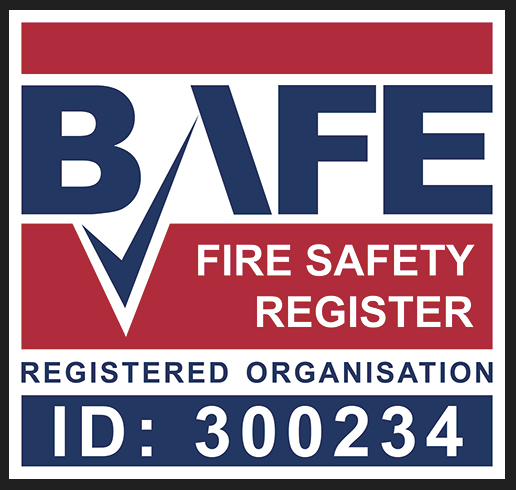Industry Articles
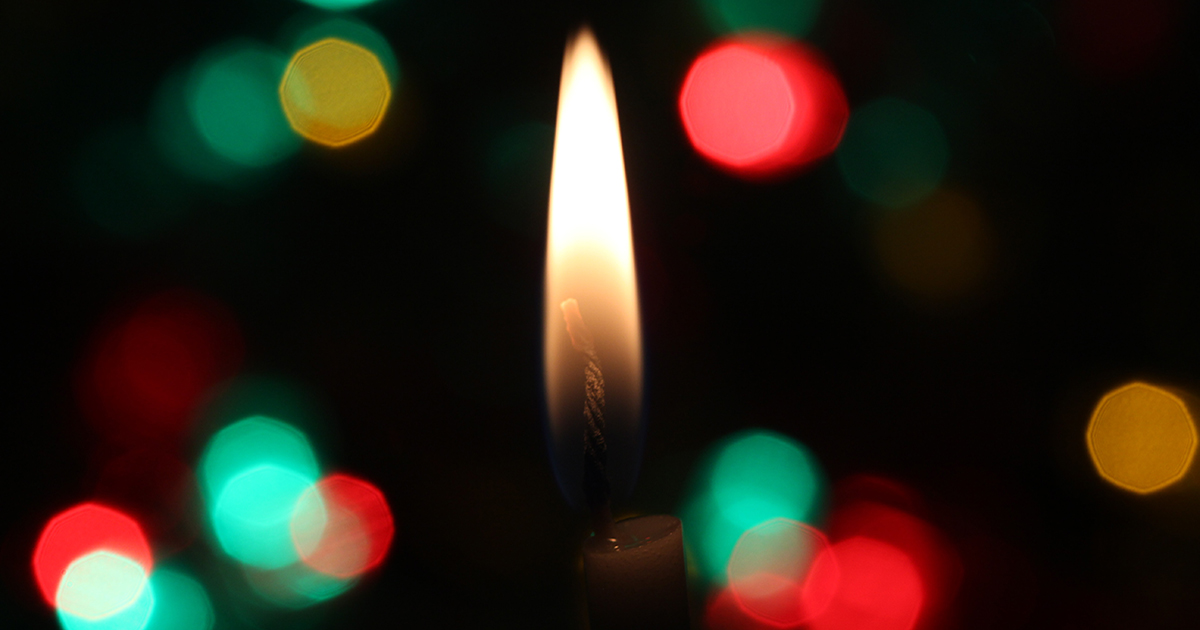
Christmas Fire Safety: Tips and Advice
Fire safety is often disregarded or forgotten during Christmas due to the hectic atmosphere in commercial, residential and educational environments. However, Christmas is a time when the number of fire hazards increases dramatically in all locations, due to lights and decorations, and everyone needs to be aware of the hazards present in their surroundings.
Annually, Christmas trees, candles and decorations are responsible for fires which lead to numerous casualties. The knowledge of preventing these fires cannot be understated, as the right information can save both lives and Christmases.
This year, Dorset Fire Protection is giving the gift of Christmas fire safety tips and advice, to help ensure that everyone has a safe and happy holiday season.
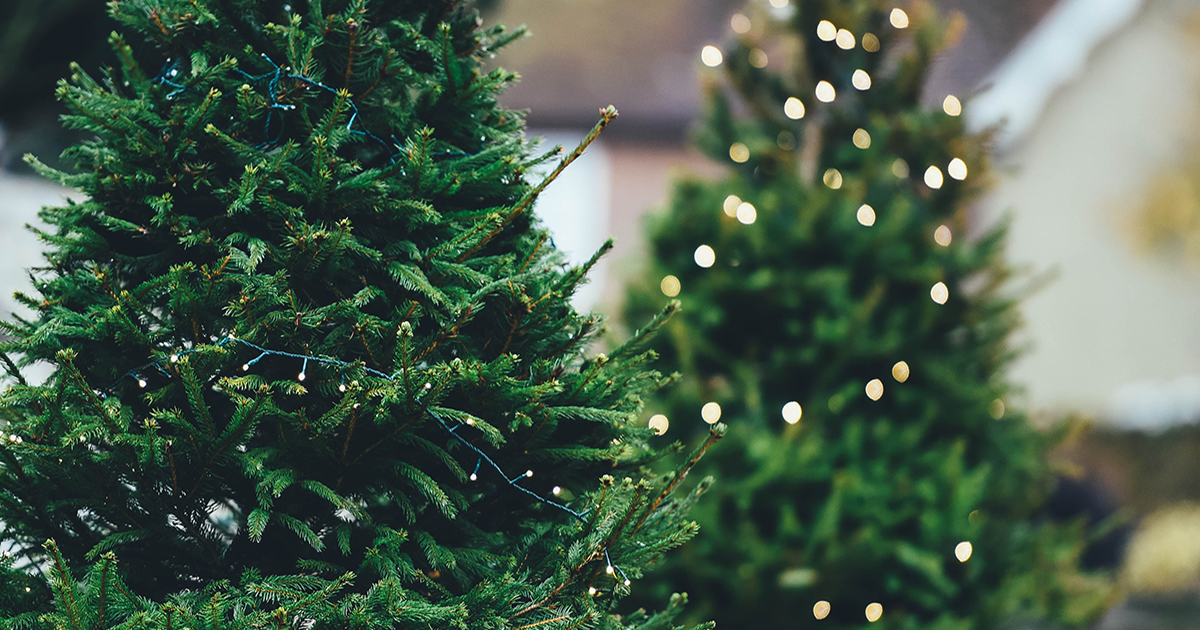
Christmas Trees
The needles and resin on pine trees are both incredibly flammable, meaning that the smallest spark can set your tree aflame in a matter of seconds. A Christmas tree surrounded by furniture has the potential to destroy the whole room, and possibly the entire house, so here are some ways that you can control the risks facing your Christmas tree:
Make sure it’s fresh
If you’ve chosen a real tree, ensure that you don’t pick an outdated one. Aged trees tend to be drier and more flammable, increasing the risk of accidents. Fresh trees have a strong green colour and are notably fragrant, so choosing a younger, newly felled tree is relatively simple.
Tap the stalk on the ground to check its freshness and ensure that only a few needles drop off.
Keep it watered
Watering your Christmas tree keeps it healthier for longer and also increases fire resistance. Christmas trees can drink up to two pints of water daily and should be kept in a bucket to ensure constant access. Check the water level every few days to ensure your tree is as hydrated as possible.
Well-watered trees hold moisture, preventing fast-spreading fire, which can make a massive difference if the tree catches fire. While the moisture won’t put out the fire, it will give more time to deal with the issue or escape to safety.
Below you can find a rather alarming video of the difference in fire spread between a watered and unwatered tree fire.
Christmas Lights
Turn them off
Christmas lights are one of the most popular decorations during the festive season but are also one of the biggest fire hazards during Christmas due to the heat that builds the longer they’re turned on, and it’s important to remember that heat sources should never be left unattended.
If you’re forgetful, invest in a Christmas light timer to make sure that your lights are turned off at night or when you’re not in the building. Also, if you’ve left the building and are worried you’ve forgotten to turn off the lights, take a picture before you leave to give yourself some peace of mind. The timers can also help lessen your electricity bill, making for a happier Christmas.
Keep newer lights
Additionally, if your lights are old, consider replacing them with newer ones, as electrical faults are more likely to happen with old ones. Christmas light safety is paramount during this season, so be sure to check the condition of your lights thoroughly before putting them up, including checking their wiring and making sure the cords aren’t damaged.
Be weary that lights specified for outdoors are not being used indoors and vice versa. Outdoor lights are built to withstand the elements but may pose a risk indoors.
Overloading sockets
Overloading sockets is always dangerous, but Christmas tends to see an overwhelming amount of items that need to be plugged. Here are some tips on how to use sockets safely:
- Only use one socket extension lead per socket
- Never plug an extension lead into another extension lead
- Check the wattage of each individual appliance
- Use a multiway bar extension rather than a block adaptor
- Check sockets regularly for changes/overheating/marks
Christmas Decorations
Many Christmas decorations are made from flammable materials such as tissue paper, cardboard, card and wood.
When decorating, attach decorations directly onto lights or heaters and keep them far away from candles. Additionally, keep decorations and cards away from the fireplace as they can pose an ignition risk.
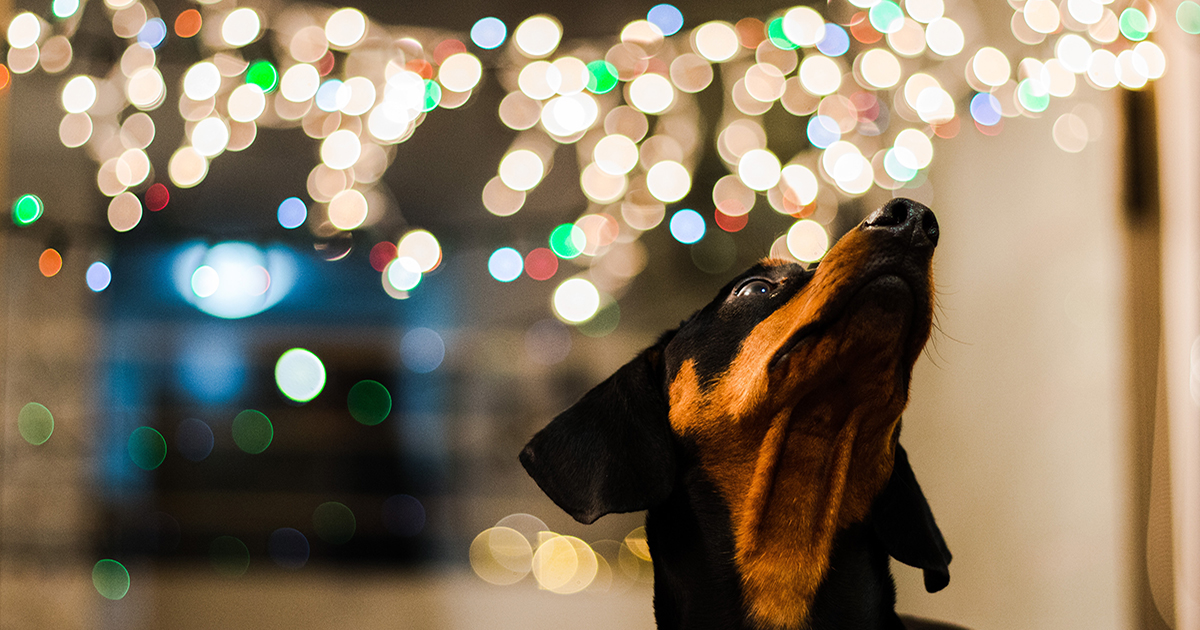
Check your fire safety equipment
To avoid disaster, you must be prepared. In businesses, residential properties and buildings of education, make sure that you have up-to-date fire safety equipment, such as fire extinguishers, and that you know how to use them in the case of an emergency.
Ensure your fire alarms are regularly tested throughout the holiday season and always have a spare supply of batteries so you never run the risk of improper alarms.
Having working fire alarms and fire extinguishers on hand can make the difference this Christmas, potentially saving lives, and it is your responsibility to ensure that your home or facility is well protected from fire.
If you have any questions about protecting your business this winter, contact Dorset Fire Protection at 0330 7000 555 or email [email protected]
From everyone at Dorset Fire Protection, we’re very grateful for your continued support year after year. We hope you all stay safe this holiday season and enjoy your festivities!
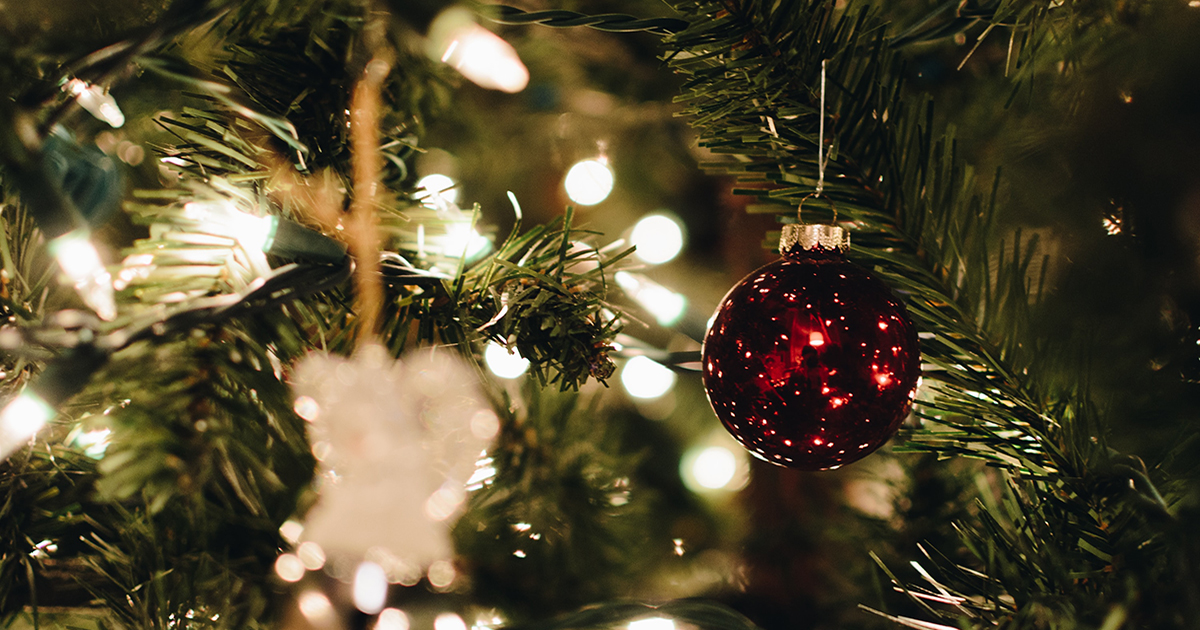
This article was written by Gary Askew, Managing Director of Dorset Fire Protection.
He has over 20 years of experience of supplying fire prevention measures and finding premium solutions.


